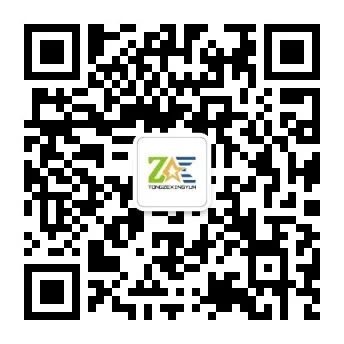First
Basics of Arduino Microcontroller
Arduino
Highly adaptable development ecosystem for youth innovation
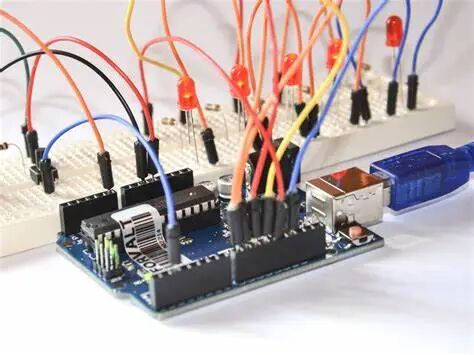
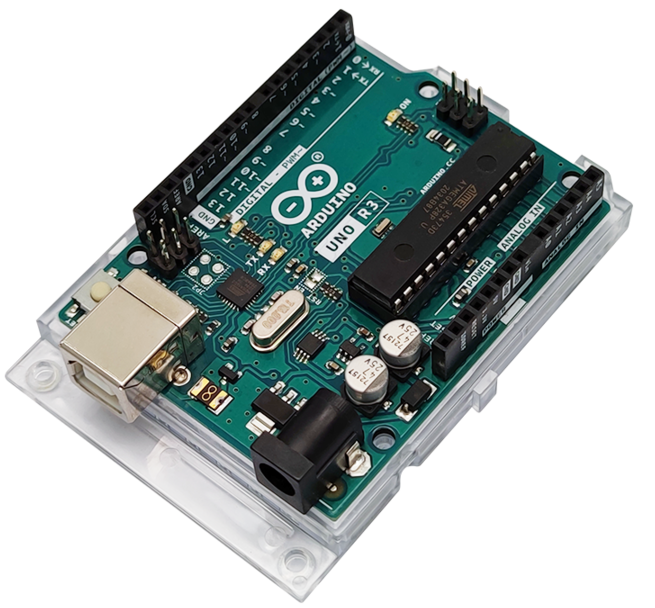
Arduino is an open-source hardware and software platform that features an IDE (Integrated Development Environment) for programming in languages such as C/C++, as well as an intuitive graphical programming environment.
Currently, Arduino is the most popular development platform worldwide.
Applications of Arduino
As an open-source hardware and software platform, Arduino is widely used in various fields and projects due to its ease of use and powerful capabilities. Below are some typical applications and project cases of Arduino, categorized by different fields:

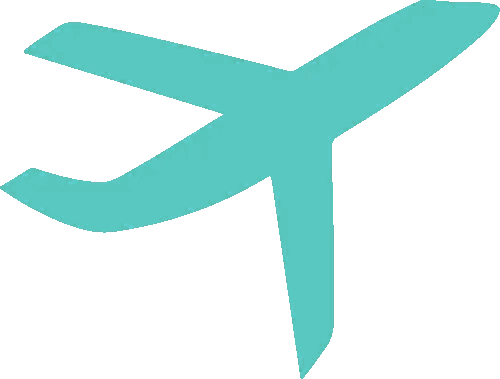

1
Home Automation
Arduino is widely used in home automation, helping users achieve a smart home environment.
• Smart Lighting System: Automatically turn lights on/off or adjust brightness using light sensors and relay modules.
• Curtain Control: Use motors and Arduino boards to automate curtain opening and closing.
• Environmental Monitoring: Combine temperature and humidity sensors (like DHT11 or DHT22) to monitor indoor environments in real-time, displaying data on an LCD screen or mobile app.
• Smart Plant Care: Monitor soil moisture and light intensity, and automatically water plants.
2
Internet of Things (IoT)
Arduino supports various communication modules (such as Wi-Fi, Bluetooth, Ethernet), making it easy to connect devices to the internet.
• Smart Home Devices: Connect to home networks via Wi-Fi modules (like ESP8266) for remote control of appliances.
• Environmental Data Upload: Upload data collected from sensors to cloud platforms (like ThingSpeak or Blynk) for data analysis and visualization.
• Smart Thermostat: Receive user commands over the network to control indoor temperature.
3
Industry and Robotics
Arduino’s applications in industrial control and robotics are also gradually increasing.
• Automated Production Lines: Monitor and control industrial equipment using sensors and actuators.
• Small Robots: Create simple robots, such as obstacle-avoiding or line-following robots, using motor driver modules and sensors.
• Smart Pill Dispenser: Help elderly users take medication on time with reminders via display screens and sound alerts.



Of course, there are many more interesting applications, which will be shared later on our public account. We welcome your subscription.
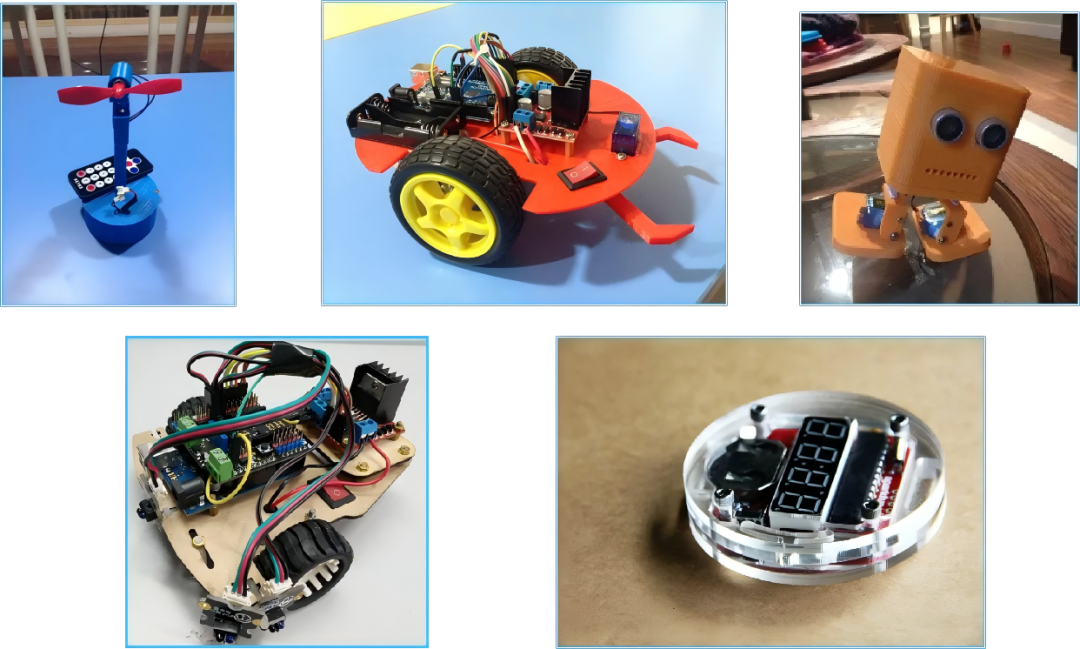
Arduino UNO Development Board
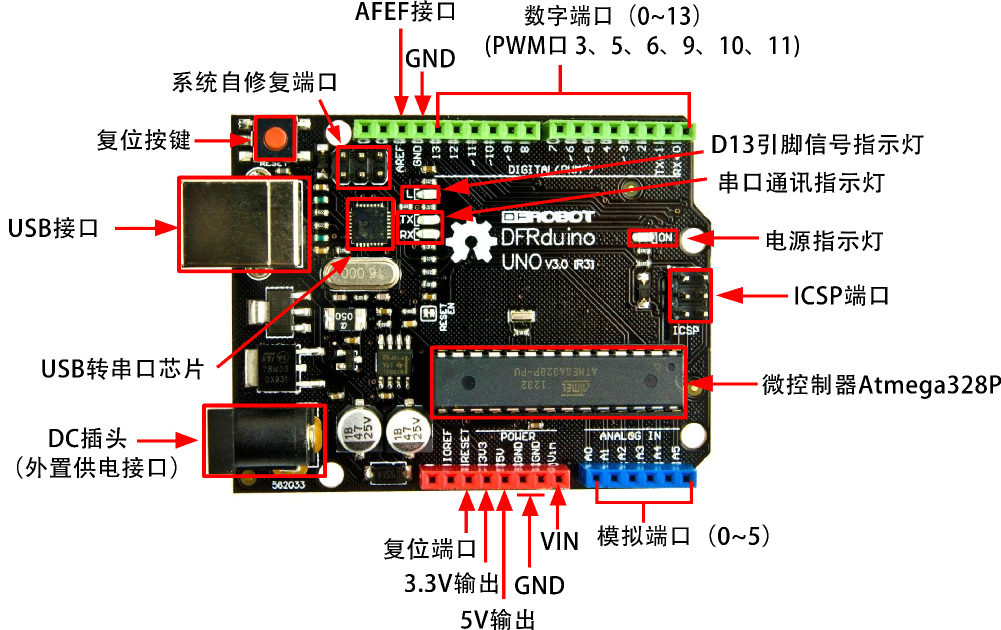
The Arduino UNO development board is a widely popular open-source hardware platform, ideal for learning and developing various electronic projects. Below is a detailed introduction to the Arduino UNO:
Arduino UNO is one of the most popular boards in the Arduino series,based on the ATmega328P microcontroller. It offers a rich set of pins and functions suitable for various projects, from simple LED control to complex IoT applications.
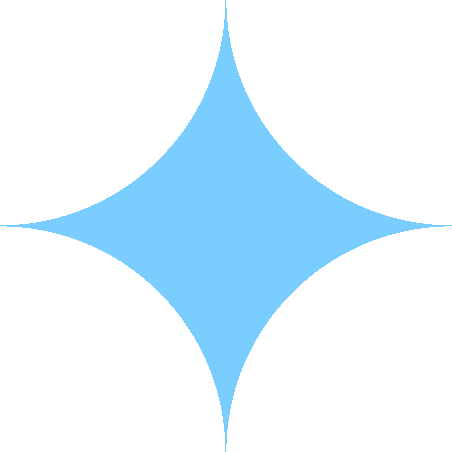
Performance Parameters
Microcontroller: ATmega328P
Operating Voltage: 5V
I/O Voltage: 3.3V and 5V compatible
Clock Speed: 16MHz
Memory:
Flash: 32KB
(of which approximately 0.5KB is used for the bootloader)
SRAM: 2KB
EEPROM: 1KB
Digital Pins: 14
(of which 6 can output PWM)
Analog Pins: 6


Functional Features
Rich Pin Count:
14 digital pins and 6 analog pins, supporting various sensor and module connections.
PWM Functionality:
6 digital pins support PWM output, suitable for controlling LED brightness and servos.
USB Interface:
Facilitates connection to a computer for programming and power supply.
LED Indicators:
Includes power, TX, RX, and LED on digital pin 13 for easy debugging.
Expansion Capability:
Supports Shields for extended functionalities like Wi-Fi, Bluetooth, etc.
Compatibility:
Compatible with various Arduino software, supporting graphical and C/C++ programming, with a wealth of code libraries and tutorials available.

Advantages
User-Friendly: Simple and easy to learn, suitable for beginners.
Strong Community Support: Abundant tutorials, forums, and project sharing.
Cost-Effective: Excellent value for money, suitable for personal and educational use.
Application Scenarios
IoT: Data collection and remote control.
Smart Home: Automation of device control.
Automation: Industrial automation and process control.
Robotics: Sensor and drive control.
Education: Teaching and experimentation.
Art Installations: Interactive devices and lighting control.
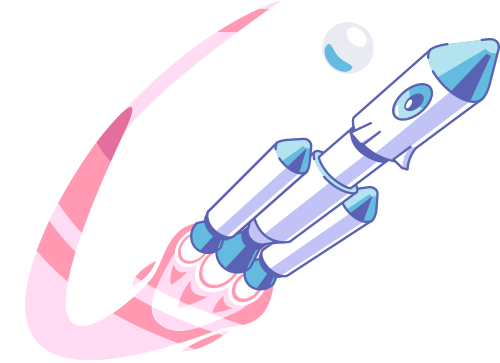
Introduction to Mixly
Mixly is an open-source graphical programming software developed by Dr. Fu Qian’s team at Beijing Normal University, primarily aimed at maker education and hardware development.
The graphical programming interface supports real-time comparison between code blocks and text code;
It features a rich set of preset modules for program flow control (conditional execution, loop execution, etc.), mathematical operations, text processing, array manipulation, logical judgments, and more.
It supports various hardware operation modules, such as digital input/output, analog input/output, interrupt control, serial communication, and sensor modules (like ultrasonic, DHT11).
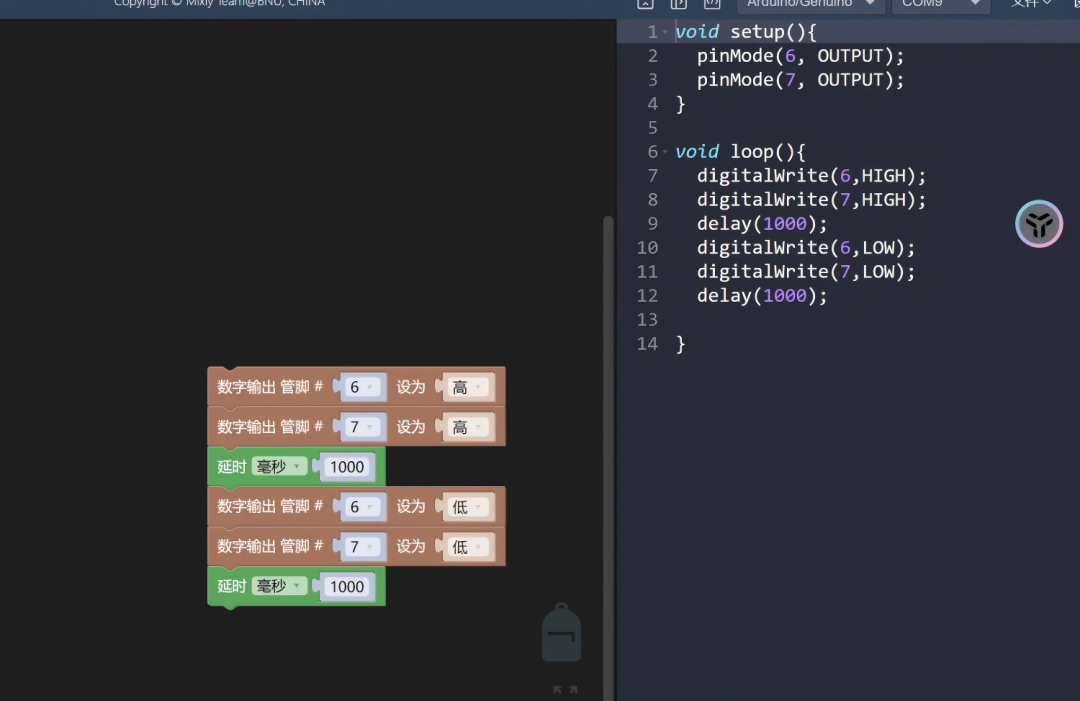
LED Lights
LED (Light Emitting Diode) is a solid-state semiconductor device that converts electrical energy into visible light. It directly converts electricity into light. The heart of an LED is a semiconductor chip, one end of which is attached to a bracket, with the short leg being the negative electrode and the long leg connected to the positive power supply, encapsulating the entire chip in epoxy resin.
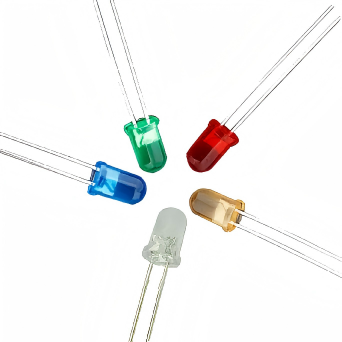
Electrical symbol for LED:
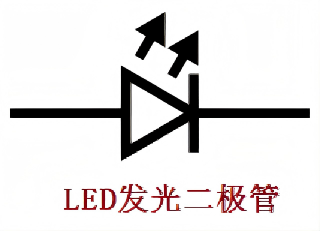
Electrical symbol for diode:
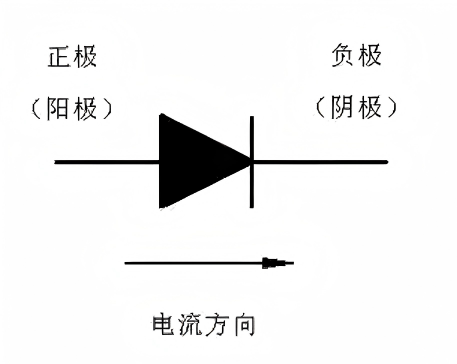


4
Practical Operations

Simple direct power circuit for lighting an LED
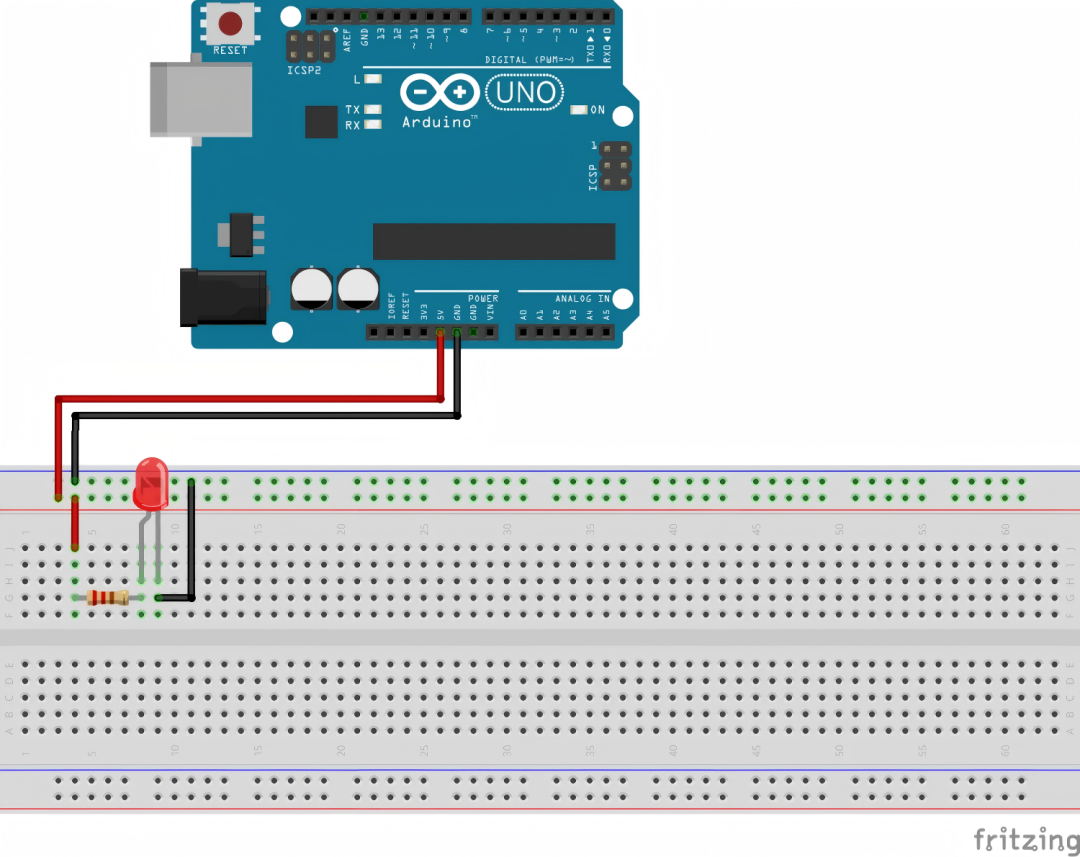
Port control for LED on/off
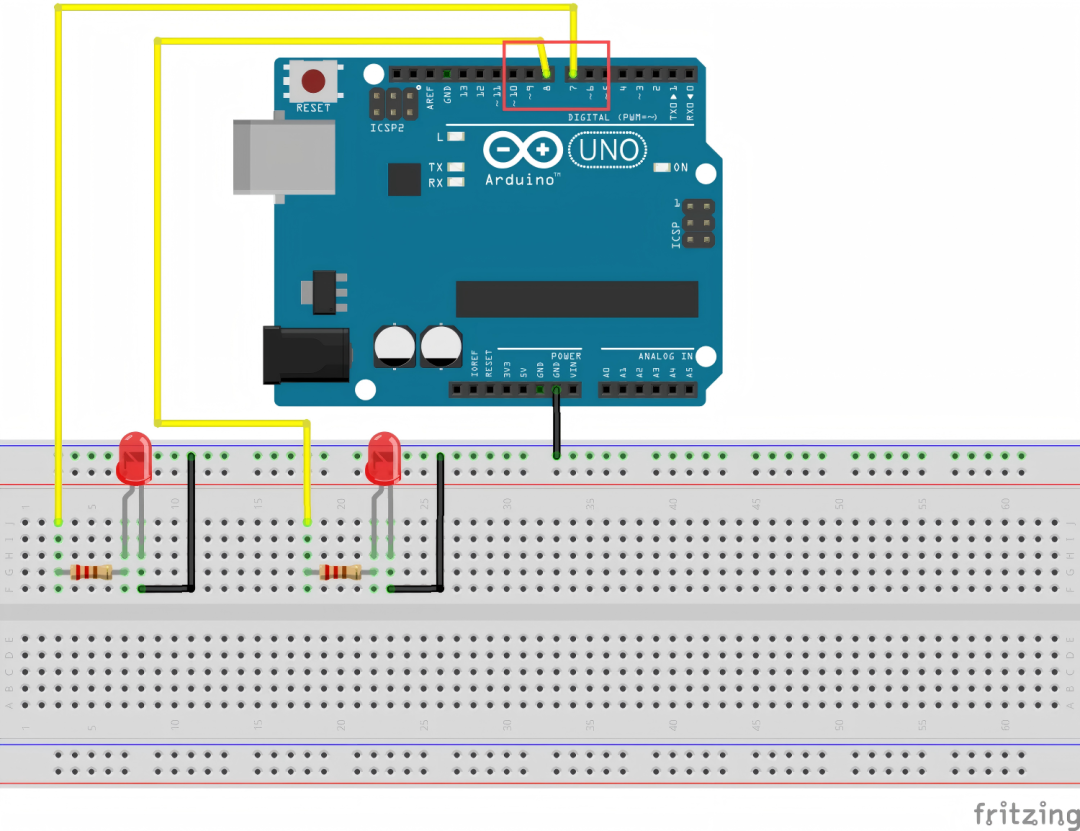
Mixly Programming
Light up the LED
High: indicates high level,
the port provides 5V voltage to light the LED
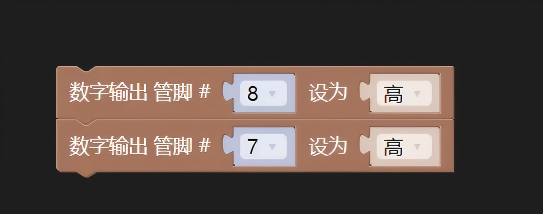
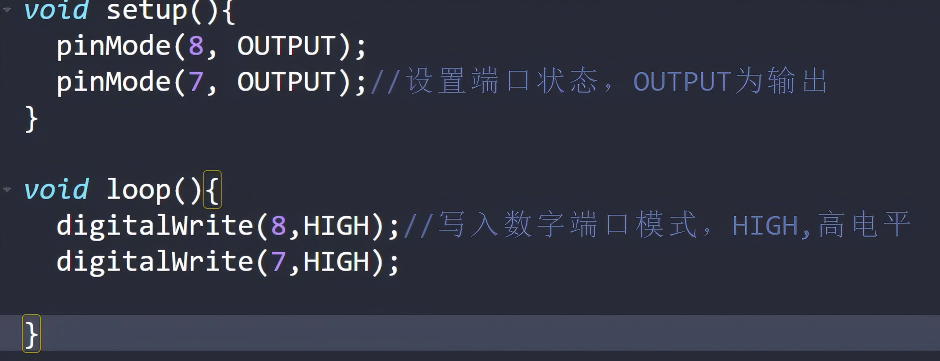
Mixly supports graphical and C language programming, making it very suitable for beginners.
Let’s take it a step further and make the LED blink with a 1-second interval;
Note that in the software, the delay is in milliseconds, 1s = 1000ms
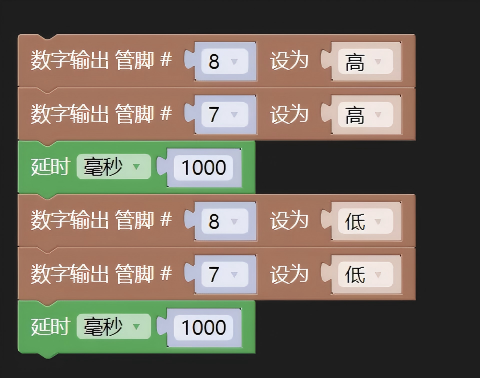
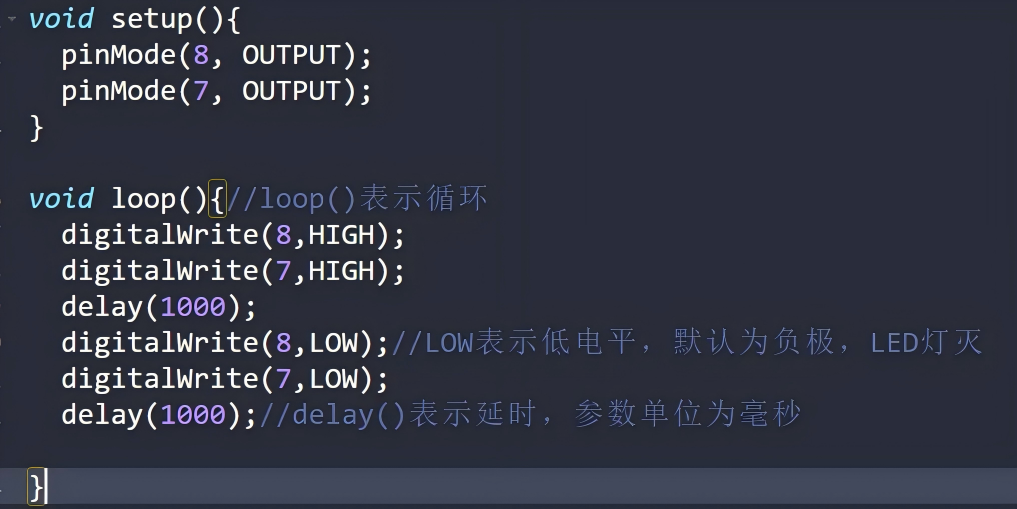

After our hardware setup and software programming, we have successfully completed a small task using Arduino. We hope the children will continue to work hard!

If you want to learn more about youth innovation education courses and technology specialty admission planning, please follow our public account and contact us!
Contact Us
Tongze Xingyun Studio:
Dedicated to researching complete solutions for youth innovation courses, inspiring students’ innovative thinking, and igniting interest in mathematics and science.
